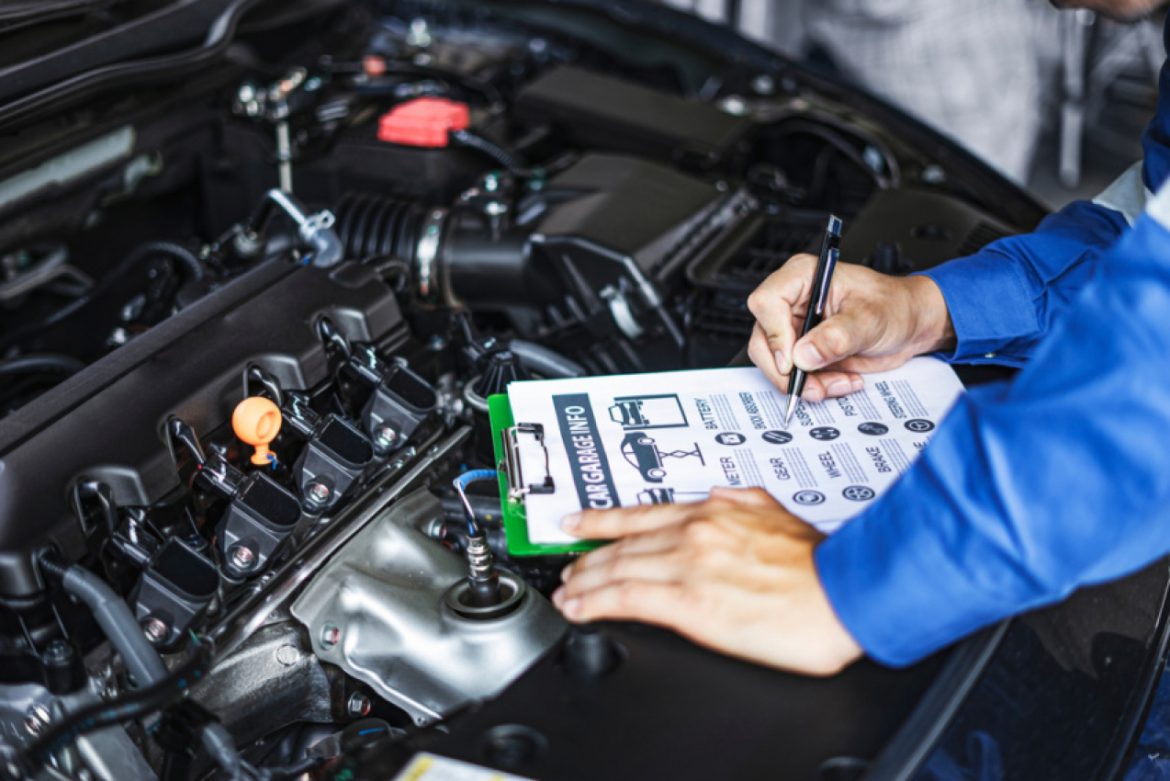Most Common MOT Fails And How To Avoid Them
-
Lights and signalling
Lighting and signalling are the most common causes of failure in the MOT , accounting for about one in five failures.
Solution: Check regularly and replace any bulbs that have burned out. Clean your light lenses to get maximum visibility.
-
Tyres
Almost 60% of all dangerous defects and the fourth most common cause of MOT Dyce failure relate to tyre problems. The UK law says your tyres must have a minimum tread depth of 1.6 mm. This will be checked as part of your MOT test, together with cuts, bulges and excessive wear.
Solution: Check your tyre tread depth with a 20 p coin before the MOT test. If you can’t see the outer band of the coin when you insert it into the tread, your tyres are probably okay. It’s also a good idea to check your tyres regularly as part of your car’s servicing.
-
Brakes
Brakes are the third most common reason for failure and represent 16% of failures. If your car has done over 50,000 miles and you haven’t changed the brake pads or discs, then you may fail. Wear, leaks or damage will be checked, as will the brake fluid level and condition.
Solution: Keep your brake pads and fluids topped up. If you feel screeching, grinding, or even vibrations when applying the brakes, seek a mechanic. Regular checks on the brakes must form part of the servicing of your car. Before the MOT, check the fluid level and look for grooves on the brake discs.
-
Mirrors
During your car’s servicing, all mirrors will be checked for damage or disconnection that may be a safety risk. Any minor crack may just get an advisory notice; however, if it is blocking your view, you will fail.
Solution: Ensure that your mirrors are intact and fix large cracks in your side mirror as soon as possible.
-
Number plates
Failures due to number plate issues can certainly occur with your MOT test, but these are pretty easy to fix. You can replace damaged number plates through most motor accessory stores or even buy them online. Usually, all you need to do is clean and polish them before the test.
Solution: Ensure that your number plates are clean, undamaged, and meet the legal requirements.
-
Suspension faults
The second most common cause of failure at an initial MOT test is suspension defects, accounting for nearly 20% of failures. Suspension defects can be hard to tell but a bumpy ride or unusual vibrations could be telling you something.
Solution: Regular car servicing may highlight suspension defects in their early stages. If you experience tell-tale signs or frequently travel on rough roads, have your suspension checked before taking your MOT test.
-
Exhaust
The exhaust forms part of the intrinsic parts of the MOT test. Inherent in it is reducing emissions and noise. Since EVs do not have an exhaust, this is not a problem for these vehicles. However, cars that have modified their exhausts may fail the test by being too loud or producing fumes.
Solution: Check that your vehicle’s emissions meet the legal requirements. Also, if your car has been modified, ensure that it meets all the legal requirements in terms of the noise levels that it makes. Regular servicing of the car will also help in this regard.
-
Steering and wheels
During the MOT test, they will check the safety operation of the steering system. Some faults here may lead to major or dangerous defects that you may not even have noticed. Excessive slack between the wheel and steering column may appear normal if you are used to them.
Solution: Keep your steering system well-serviced. If your car is hard to steer or you see other problems, have your car checked right away. Check your power steering fluid level as recommended and have your suspension system checked regularly by a professional mechanic during routine car maintenance.
-
Windscreen damage
Not all windscreen damage is an MOT failure, but serious damage may cause problems.
Solution: Windscreen damage must be repaired as quickly as possible for safety reasons and to avoid any issues at an MOT test. Cars that are serviced regularly are more likely to have these issues picked up and resolved.
-
High emissions
Newer cars will almost certainly pass without any problems due to the installation of better emissions controls. The permitted limits vary depending on the age and type of vehicle.
Solution: Regular car servicing Dyce will ensure that your engine emissions are kept within legal parameters and that any problems are detected early on.
-
Seat belts
A seat belt that doesn’t work properly can be dangerous and may even fail your car’s MOT.
Solution: Check your seat belts regularly to ensure they work properly, and always replace any seat belts that are damaged or show signs of wear.
-
Horn
If it isn’t working, you’re risking both yourself and other road users.
Solution: Check your horn regularly and promptly replace faulty parts. Do not modify your horn to increase the sound volume or make it more harassing.

